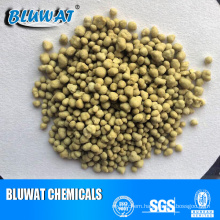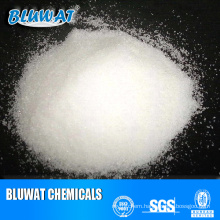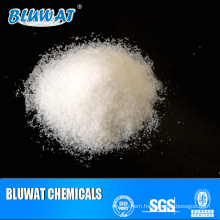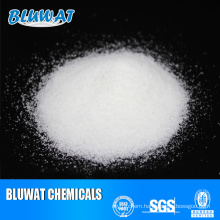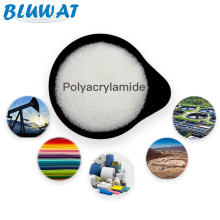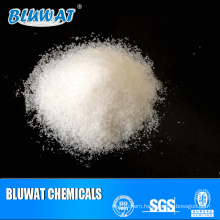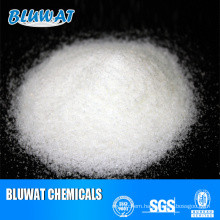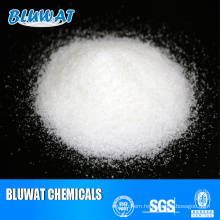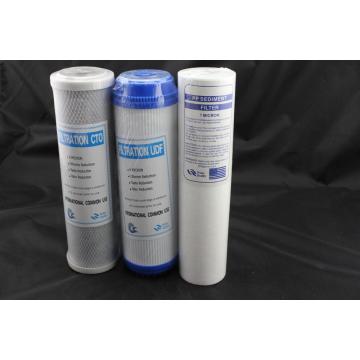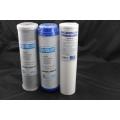10inch Carbon Water Filter
Basic Info
Model No.: CSWD-2510
Product Description
Carbon block is the workhorse of filtration technologies, performing a wider range of filtration tasks than other products. Its sintered porous structure made of powdered carbon, thermoplastic binders and other additives, allows for the removal and retention of both sediment and organic chemicals in just one filter. Carbon block offers the opportunity for very fine sediment filtration and absolute control and filtration of very fine particles to less than 1 micron in size. At the same time, carbon block can be formulated to remove any number of chemical contaminants that may be present in the water.
Specifically, carbon block can reduce Chlorine,Bad taste and odor,Chloramines,Fine sediment,Giardia and Cryptosporidium cysts, Organic chemicals such as pesticides and solvents, and
Heavy metals such as lead and mercury.Water is forced through the porous structure of the densely compacted carbon block, and filtration is accomplished by mechanical separation of sediment and adsorption of chemical contaminants by the activated carbon or other additive.
Carbon block works in a wide variety of applications including point-of-use (POU) and whole-house residential water filtration, commercial Water Treatment, pre- and post-filter Reverse Osmosis (RO) and industrial processes. In many applications, carbon block offers an additional advantage in that few, if any, fines are released because they are bound in the composite structure. Carbon block works well in almost any situation where activated carbon products are utilized.
Block Engineering
There are many different types of carbon blocks that can be engineered for specific applications. The two main methods of block manufacturing are extrusion and molding. Both methods are equally effective in producing good quality carbon block, and both methods are capable of producing block with similar performance.
Carbon blocks are rated for sediment removal by the efficiency by which they remove particles. Typical ratings are 0.5 micron, 5.0 micron and 10 micron, whereby at least 85 percent of the particles are removed at the rated size. A block that removes cysts must remove 99.95 percent of particles of 3-micron size. Carbon blocks that filter smaller sized particles typically are more dense and, therefore, have a higher pressure drop at a given flow rate. Formulations can be adjusted to accommodate a wide variety of sediment filter removal rates and efficiencies.
Carbon block also can be engineered to tailor chemical removal efficiencies by varying carbon source, mesh range and additives. For example, carbon can be derived from coal, coconut shell or wood. Each carbon type and activation level can produce widely varying performances for a given chemical compound. Performance depends on the carbon type, kinetics, flow rate through the block and the amount of carbon in the block. In addition, additives such as alumina-type compounds enhance heavy-metal removal. Again, formulations can be altered to select the level of chemical removal desired.
Manufacturing Process:
Several steps comprise the carbon block manufacturing process but the process always starts with the approval of incoming materials. A good manufacturing process should include extractables testing for approval of all materials for use in drinking water applications and testing for each material?s critical performance characteristics prior to producing the carbon block.
Next, materials are blended prior to molding or extrusion. Thorough blending is important to make sure a homogeneous mixture is introduced into the molding or extrusion process.
In a typical molding process, the material is introduced into fixed molds, compressed and heated to form the sintered block. After cooling, the carbon block is removed from the mold, trimmed to size if required, and packaged or assembled into filter cartridges.
Essentially, extrusion utilizes the same mixtures as molding but relies on a continuous forming process in which the material is conveyed by a screw-type auger and either heated in transit within the screw or heated in an external die. Several patented processes currently are in use to manufacture extruded products. After heating and forming, the material is cooled in a die and exits the process as one continuous cylinder of material. The extruded product then is cut to length and packaged or assembled into filter cartridges.
Both the molding and extrusion process produce carbon block of similar characteristics and the basic processes are similar in nature with heating, compression to a specific density and cooling involved to produce the finished product.
Typical limitations involved in the manufacturing of carbon block are related to the production equipment available to produce a given size of block. Molds and extrusion die sizes are fixed, so utilizing existing molds and dies when possible helps reduce capital expenditure and lead time to obtain the finished product. Block typically is available in sizes from 1 to 4.25 inches in diameter and 2.5 to 40 inches in length.
In summary, carbon block is an effective and versatile filtration method for a wide range of applications. Additionally, a host of products are available from arbon block manufacturers, and blocks can be custom molded or extruded to provide the sediment and chemical removal needs of the application.
 Contact us if you need more details on Water Filter CTO. We are ready to answer your questions on packaging, logistics, certification or any other aspects about Greenwave Water Filters、Best Certified RO Filter. If these products fail to match your need, please contact us and we would like to provide relevant information.
Contact us if you need more details on Water Filter CTO. We are ready to answer your questions on packaging, logistics, certification or any other aspects about Greenwave Water Filters、Best Certified RO Filter. If these products fail to match your need, please contact us and we would like to provide relevant information. Product Categories : Activated Carbon Block Filter Cartridge > Chlorine Removal Water Filter

